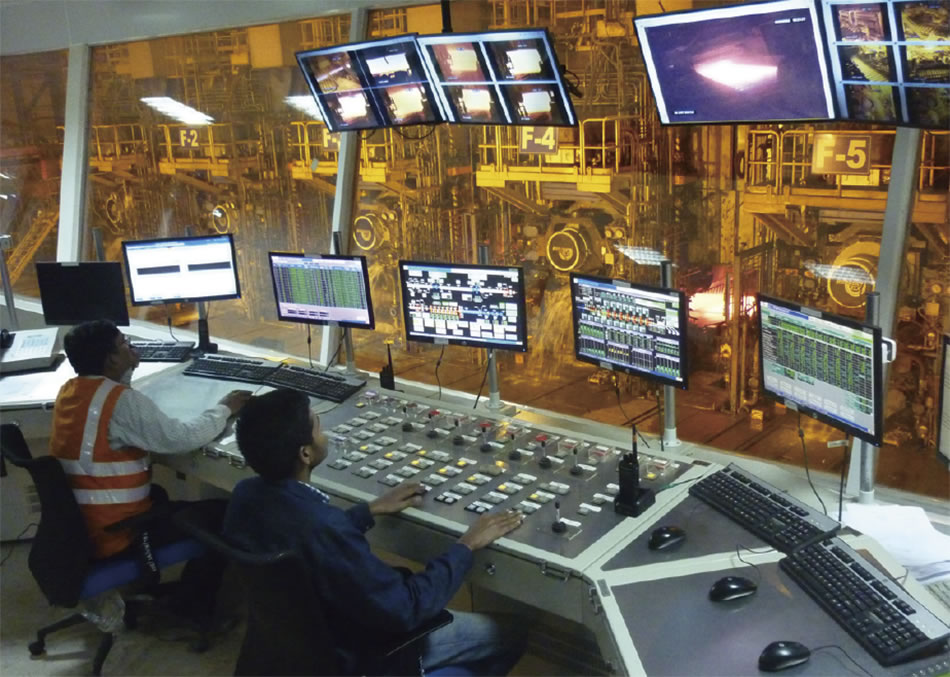1. Cloud-based Design Work Support Service
In the manufacturing industry, progress has been made in the practice of coordinated design, whereby multiple companies including manufacturers and suppliers coordinate on design from the initial design stages to drive swift product development. However, the time it takes for companies to share design data with one another and the need to re-work or send back designs due to differing design processes have caused issues.
To address these issues, Hitachi offers a cloud-based design work support service that shares design processes and design data over the cloud. By accessing the design work navigator from their web browser, each designer can share the latest design data using the same design process at any time, and from anywhere. What’s more, the software required for design such as 3D computer-aided design (CAD) and computer-aided Engineering (CAE) packages can be used on the cloud through the 3D virtual desktop infrastructure (VDI)* service.
Moving forward, Hitachi will broaden the scope of application for business by expanding the range of service options while helping to reinforce production across the entire supply chain that spans multiple companies.
1. Cloud-based design work support service
- *
- 3D-VDI: A virtual desktop for 3D-CAD applications.











